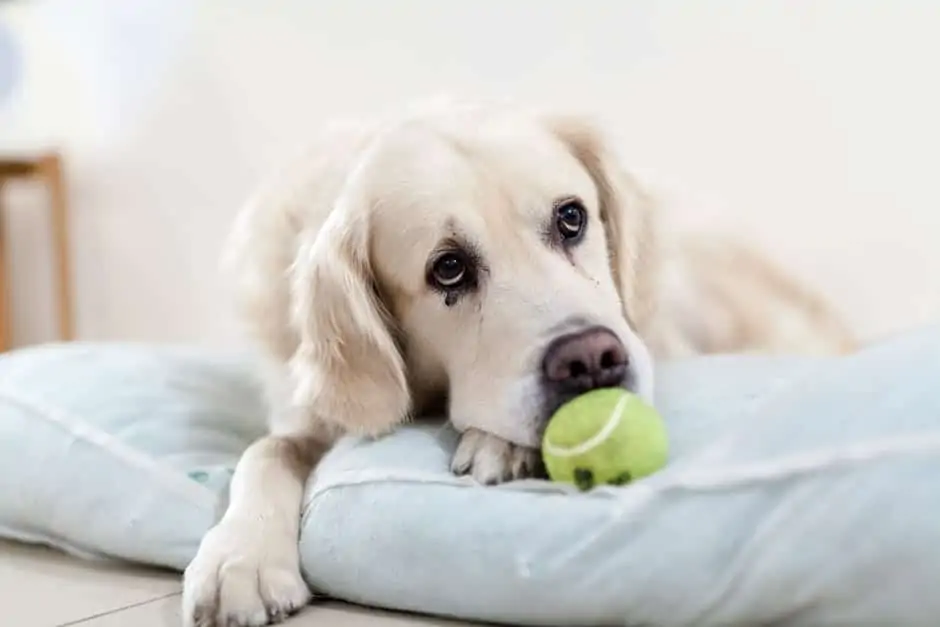Most pet dogs, left alone at home can cause havoc. Pet parents find it really difficult to cope up with such destructive nature of their dogs. Dogs that are usually left alone at home can exhibit several distress signals like constant howling, chewing, scratching at furniture, digging etc. More often, these symptoms mirror the necessity of teaching the dog to blend in with the household. However, these can also indicate dog separation anxiety issues.
What causes dog separation anxiety?
Pet parents are the number one culprits that induce separation anxiety in dogs. Dog owners who make a big deal and act really stressful when leaving their dog alone at home and creating a big fuss while coming home to a home alone dog, makes dog really anxious and concerned about spending time alone. Some of the common factors that cause separation anxiety in dogs are listed below:
- Change of guardian
- Change of the schedule for which a dog is left alone
- Change in residence
- Introduction of a second pet to the household
Dogs exhibit this distress by different signals, for instance, some dogs can get agitated when sensing that their owner is about to leave. On the flip side, some can even show the signs of an anxiety and depression. It is important to socialize your dog with the outside world and for the cause, you might need to carry him around, but it is also essential to get him used to the concept that spending some lone time is not the end of the world.
How to detect separation anxiety in dogs?
As discussed above, dogs can exhibit separation anxiety in a variety of ways. Listed below are some of the common separation anxiety symptoms in dogs:
- Defecating: consistent dog defecation when left alone at home can indicate separation anxiety.
- Scratching and digging: some dogs exhibit violent behavior when left alone at home. These dogs choose the path of destruction like excessive chewing and scratching on doors and furniture to show their distress.
- Pacing and trying to escape: a dog affected by separation anxiety can also exhibit excessive pacing around in home or tendency to escape.
Treating separation anxiety
‘Counterconditioning’ is a proven treatment against dog separation anxiety. The concept of Counterconditioning is to expose your dog to whatever he fears or feels uncomfortable to stay around with, on a regular basis until he digests the fact that it is not really fearful. Trying to utilize the lonely time of dog to create an association with something really good, literally works in taking away the separation induced distress.
Another means to treat separation anxiety in dogs is to perform crate training. Accustom your dog to confined spaces, especially crates, start by confining him to crate for shorter durations and increase the duration over time. However, ensure that your dog is really cozy within the crate by giving him his favorite treat-stuffed toy or a fresh warm towel to get comfortable. You can even consider leaving him alone in the crate for a couple of hours and pay no immediate attention to him when you are back, if he notices your presence and stays quiet, you can pay attention to him, on the contrary, if he makes a big fuss upon your arrival, pay no attention him and leave the room.
Treating separation anxiety in dogs can be a real challenge, it is always better to prevent it rather than trying to alleviate it. This is why it is highly recommended to accustom your dog to some lonely time from a very young age.

